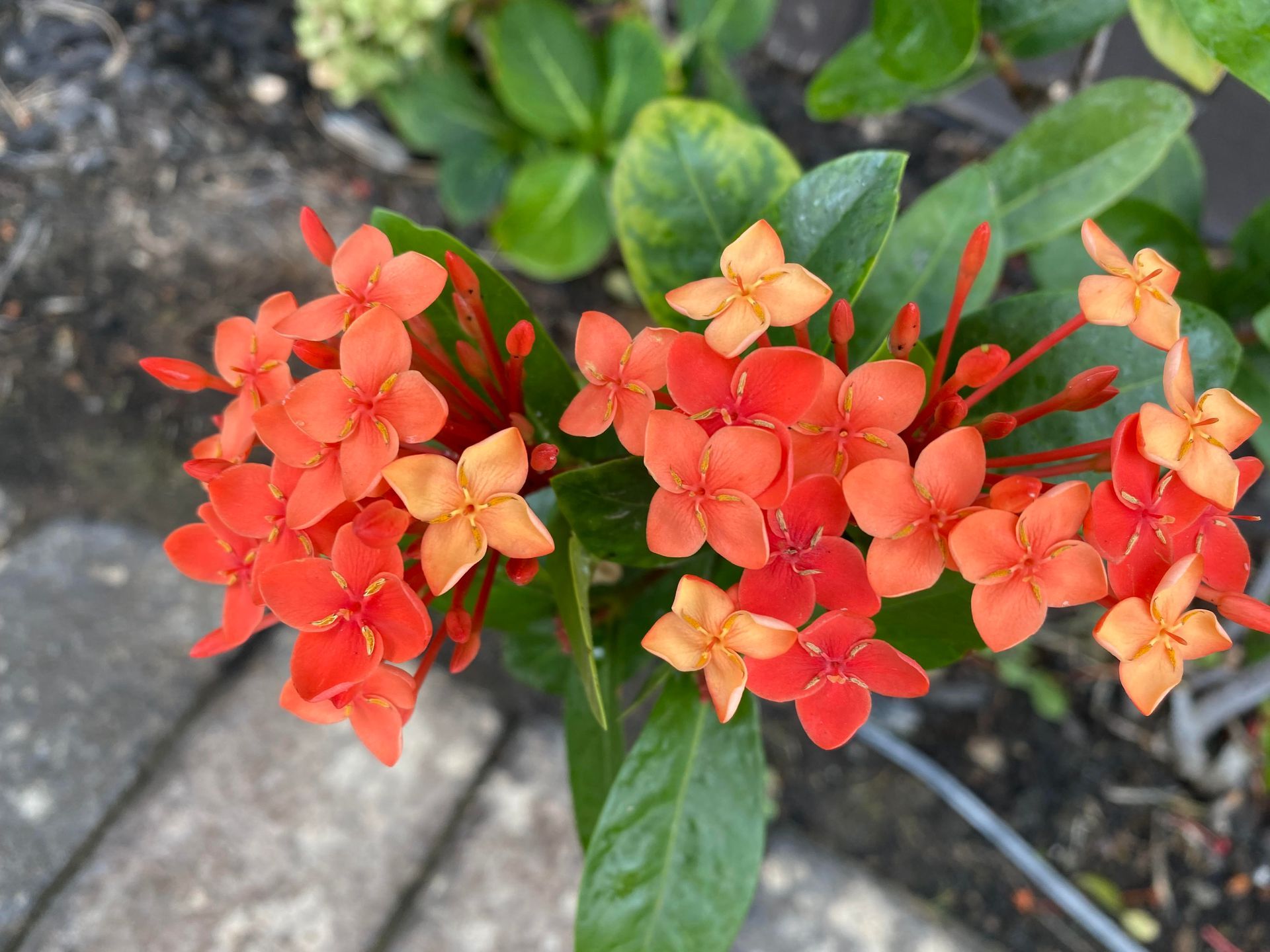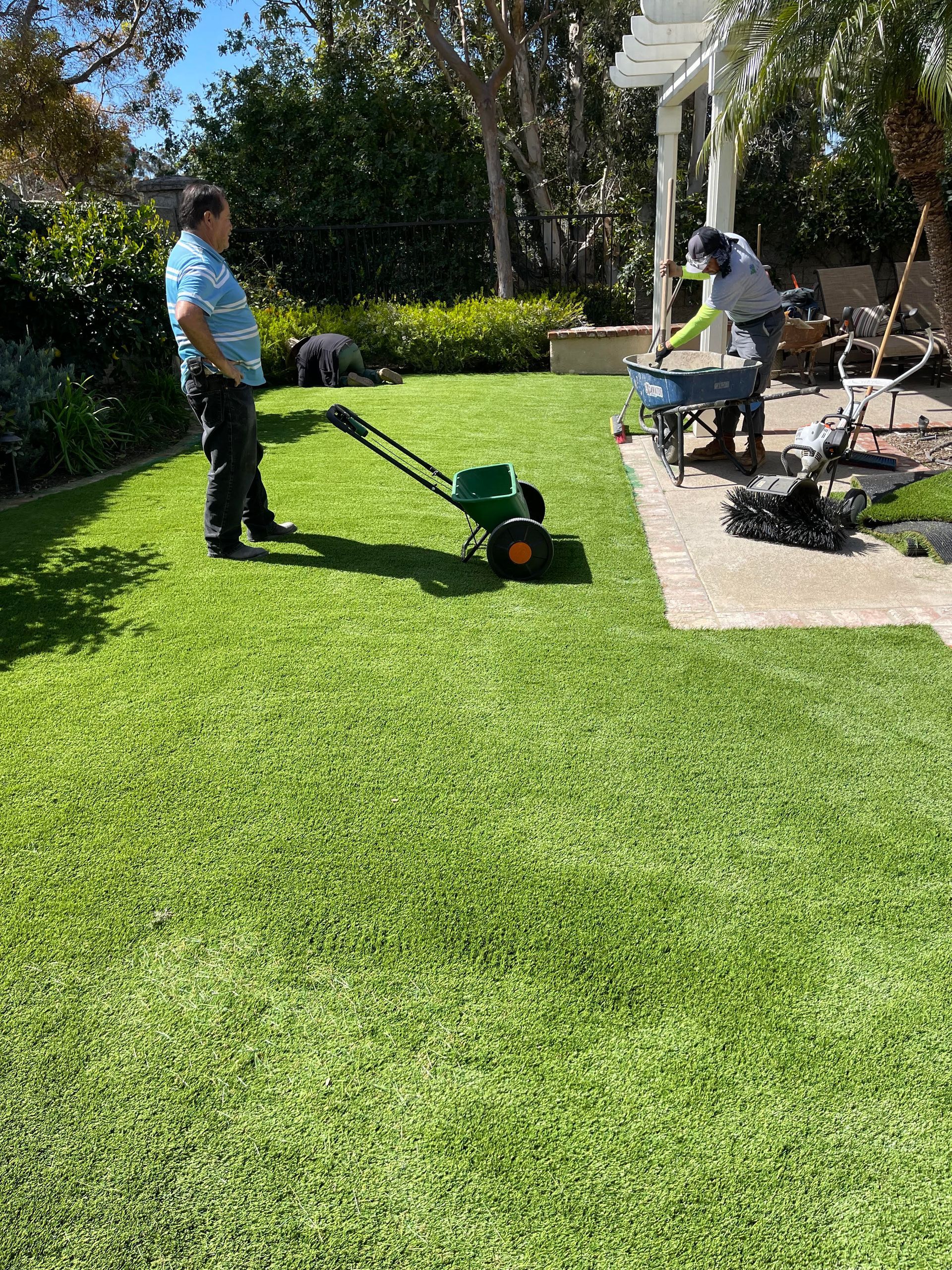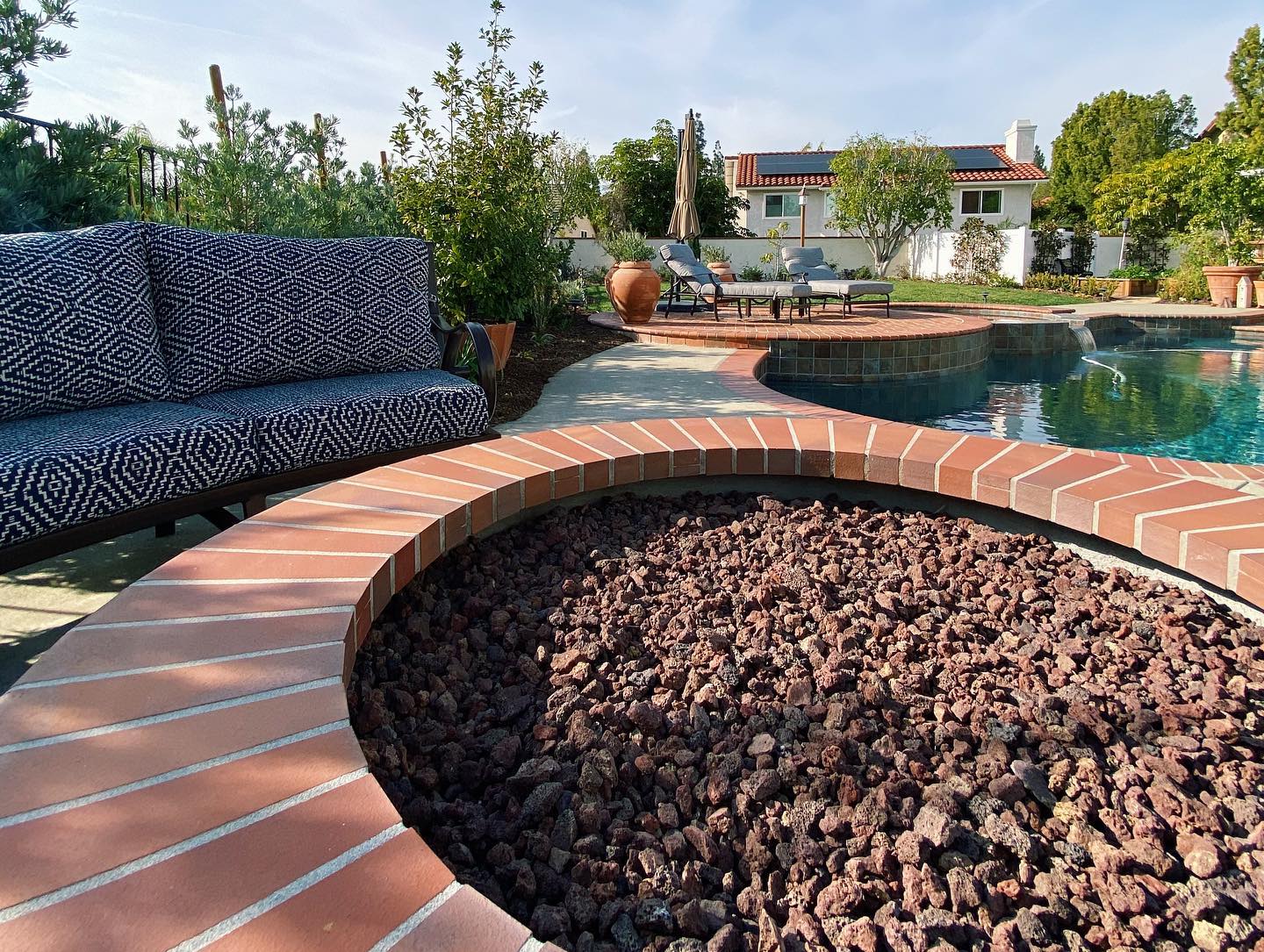10 Low-Cost Ways to Cut Down on Outdoor Water Usage
Due to climate change and the growing population, water conservation is more important than ever. Approximately 1.1 billion people lack access to clean water, and about 2.1 billion people experience some sort of water scarcity once to twice per year. By following these few steps, you can significantly reduce your outdoor water consumption without sacrificing the beauty of your landscape.
In this blog, we are exploring the ten cost-effective ways to use less water while maintaining a stunning outdoor space. To help you build a water-efficient backyard, hire Land Mechanics, Inc., the best home contractor in Nellie Gail, to help you.
1. Install a Rain Barrel
Rainwater harvesting is a great means of lessening your dependency on the municipal water system and cutting costs on your water bill. A rain barrel catches rain from your roof, saving it to use in your garden, lawn, or even for cleaning your car.
Make sure your barrel is screened with a mesh to keep mosquitoes from breeding. Rain barrels are banned in some jurisdictions, so it is best to check with local authorities first before installation.
2. Use Drip Irrigation Instead of Sprinklers
Traditional sprinklers can waste a lot of water due to overspray and evaporation. A drip irrigation system delivers water directly to plant roots, minimizing waste.
It also reduces weed growth since only targeted areas receive water. This is an affordable investment that will lower your water bill over time.
3. Water Early in the Morning or Late in the Evening
The ideal times to water your plants and lawn are early morning or late evening. At these moments, the temperatures are cooler, which lessens evaporation, and water can penetrate deeper into the ground. This little adjustment can reduce your outdoor water consumption by half.
4. Choose Native and Drought-Tolerant Plants
Select plants that will thrive naturally in your region. It is not unusual for landscape companies in Nellie Gail to recommend drought-resistant plants that consume less water but are still rich in color and appearance.
Lavender, grasses, and succulents are suitable choices that thrive during dry conditions.
5. Apply Mulch to Retain Moisture
Mulching the soil near your plants makes it retain more moisture, minimizing the need to water frequently. Organic mulches like wood chips or shredded bark also enhance the quality of the soil and discourage weed development.
Apply a 2-3-inch layer around your plants to reap maximum benefits.
6. Adjust Your Lawn Mower Height
It's a good idea to have your grass slightly higher to shade the ground, reduce evaporation, and allow roots to grow deeper.
Set your mower blade to around 3 inches in order to keep your lawn healthy with less water. And let grass clippings stay on the lawn because they provide natural moisture and nutrients.
7. Fix Leaks in Outdoor Faucets and Hoses
A small leak in your hose or outdoor faucet can waste thousands of gallons of water over time and increase your water bill.
Regularly check for leaks and replace worn-out washers.
Home contractors in Nellie Gail professionals can assist with repairs if needed. A simple fix today can save water and reduce your monthly bill.
8. Sweep Instead of Hosing Down Driveways
Cleaning driveways and sidewalks with a hose wastes a lot of water. Instead, pick up a broom and sweep away trash.
If you really have to use water, have a bucket and sponge handy as opposed to an open hose.
9. Cover Your Pool When Not in Use
A swimming pool can lose inches of water daily due to evaporation. A simple pool cover can prevent this water loss while also keeping debris out.
This small investment can save thousands of gallons of water each year, helping you conserve resources effortlessly.
10. Group Plants with Similar Water Needs
Strategic planting is one method of efficient use of water. By planting in groups with similar watering requirements, you will neither overwater nor underwater the plants.
This technique is referred to as hydrozoning and allows different areas of your garden to have the correct balance of water.
Conclusion
To conclude, you don't have to spend all your money or wealth just to conserve water. Rather, you can do so with these small but impactful changes to lower your outdoor water usage while maintaining a beautiful landscape.
No matter if it is drip irrigation, mulching, or selecting plants, every attempt matters. If you require assistance in designing an efficient landscape with water, contact Land Mechanics, Inc., one of the leading landscape companies in Nellie Gail, to help you bring your vision to life.
Our company specializes in designing beautiful outdoor areas that are both practical and environmentally friendly. Employ our expert home contractor in Nellie Gail to offer you tailored solutions suitable for your budget and requirements.
You might also like
8 Insights From The Leading Commercial Pool Contractor Services

Book a Service Today
We will get back to you as soon as possible
Please try again later
All Rights Reserved | Land Mechanics, Inc


